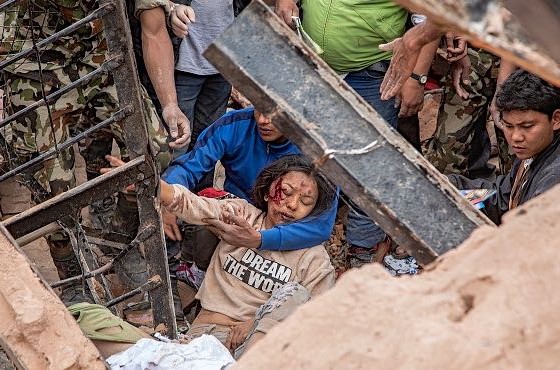With each day that passes in Nepal it becomes less likely that disaster responders will find earthquake survivors.
The already impoverished country of nearly 28 million people has been devastated by the 7.8-magnitude earthquake that struck at midday on April 25, toppling buildings and religious temples, and triggering massive avalanches and landslides that buried villagers and trekkers.
